The new MOOD Stockholm shopping centre in the Swedish capital is different from many.
There’s a time-honoured manner of opening a shopping centre: get the site, get the anchors and then, in theory at least, everything else, including shoppers, should follow. And in the normal run of things, the anchor would be a shop.
However, imagine a scheme where there are no retail anchors and where all of the stores are relatively modest in size. Now couple this with a pair of fairly aspirational restaurants and you have a retail format that many developers might baulk at. Yet this is what has been done at MOOD Stockholm, which claims to be a new shopping district in the heart of the Swedish capital.
And here, perhaps, is the other curiosity. There are few in-city locations in Western Europe with the space to house a new shopping centre, let alone a capital city, but nonetheless Stockholm seems to have pulled this off, courtesy of H&M.
Courtesy of H&M? Well, yes, as the building that now houses MOOD was, until 2011, the head office of the Swedish fashion giant. The developer of MOOD, AMF Fastigheter, moved into the site following the decision by H&M to move to another part of the city and the outcome is an 111,950 sq ft, three-floor mall that does not really feel like a mall.
In part, this is to do with the fact that prior to its conversion, this was a 1970s office block, and glancing upwards it retains much of that feel. When the gaze is lowered, however, there is much that marks this one out as different from the other, largely commercial, buildings in this part of the city centre. Nowhere is this more evident than when an approach is made from the southwest. At the corner of the structure, and guarding the entrance, is a white statue of a female cyberpunk, seemingly supporting the roof of the canopy overhead. Complete with long boots and mini-skirt she has, what one onlooker describes as “attitude” and acts as a statement of intent for what is to follow.
The centre is built on a slope, meaning that, internally, the scheme seems to drop away at one point as the building follows the local geography. The visitor is likely to be largely unaware of this, as the interior has been designed in a manner that makes it appear almost deliberate.
And once inside, there is little trace that this was once part of an office block (in spite of the fact that six floors of offices remain above MOOD). Instead, relatively narrow walkways take the visitor past an array of small shops and for the observant, as progress is made from one end of the centre to the other, there is a gradual change in the aspirational level of the offer.
The scheme has been created by local design and architectural practice Koncept to provide three zoned shopping areas, running from ‘everyday’, moving into ‘wishing’ and finally rising to ‘desire’. There is perhaps a mild question to be answered at this point. The majority of the stores in the centre are garment retailers and it is hard to see how anybody would necessarily want to buy something ‘everyday’.
A break with convention
The retail assortment and the manner in which the mix has been handled make this a non-conventional scheme. Cecilia Clase, a founder of Koncept, says the original brief for MOOD was “shopping beyond shopping”. This sounds, on the face of it, like the sort of thing a marketing think-tank might dream up in the Swedish equivalent of Soho House, but actually it resulted in something of a struggle for internal space, according to Clase. “We had to find enough space in the centre to create an impact. The first task was to get the appropriate critical mass,” she says. She adds that when the zones were considered, there was also the matter of making each sufficiently small to make it shoppable.
Finally, the office block, which Clase says had an essentially suburban feel, has been turned into a piece of “city centre architecture”. This appears to have been done to its shops too – MOOD now has an enclosed courtyard at its heart, home to a tapas bar and eaterie, an outdoor deck where a wooden hut on stilts is a rentable venue for meetings and another entrance with a canopy featuring digital tiles. The latter change colour and pattern constantly forming a cover for a space that might otherwise have been the neutral corner of an unremarkable building.
As far as the retail and leisure provision is concerned, there is everything from the upscale retailer Best of Brands to a Club Monaco, due to open later this year, and one of the Ralph Lauren-owned retailer’s first outlets in Europe. In addition, there is a pair of casual, but dining-out, restaurants as well as a grab and stay for just a few minutes option on the building’s lower floor.
MOOD is in a part of Stockholm’s centre not traditionally associated with large-scale retail activity. Yet, at a stroke, this has become a destination in its own right and other office blocks in the area are already being considered as possible venues for increasing the district’s retail capacity. If it manages to achieve what has been done at MOOD elsewhere in this neighbourhood, Stockholm will offer visitors a few more reasons to spend some time in its centre.




















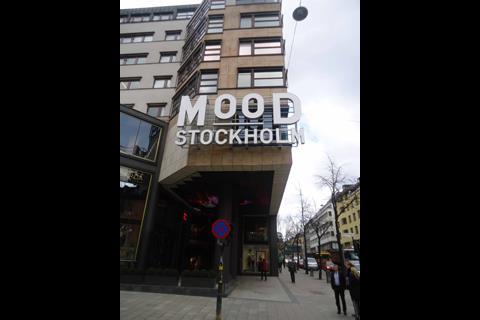



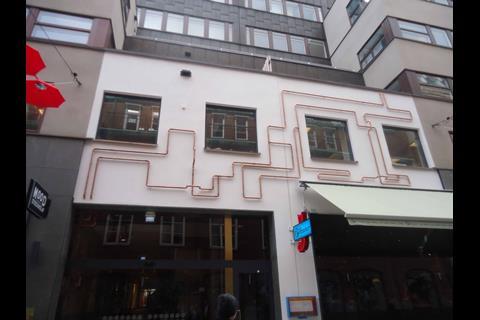

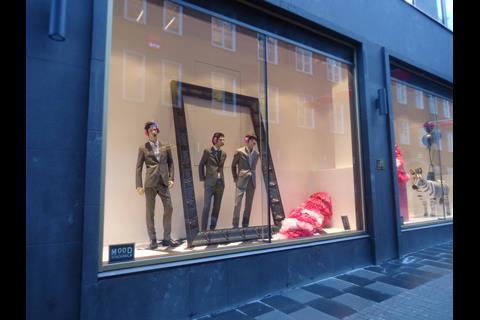


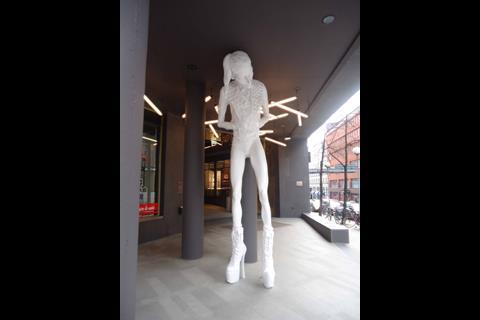
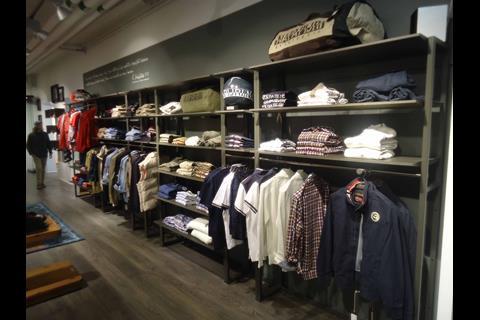

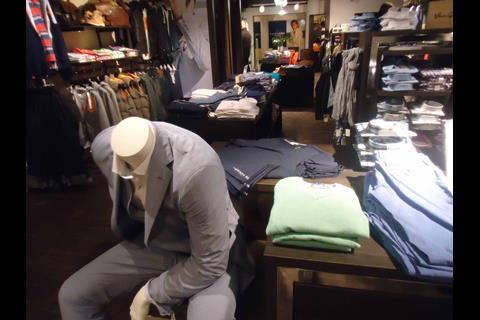
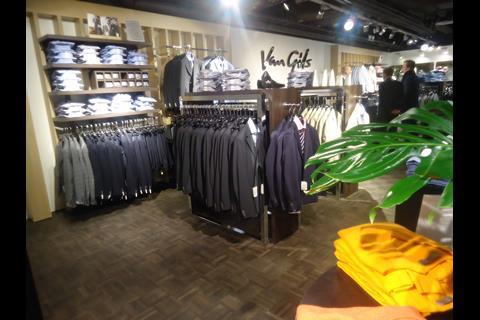

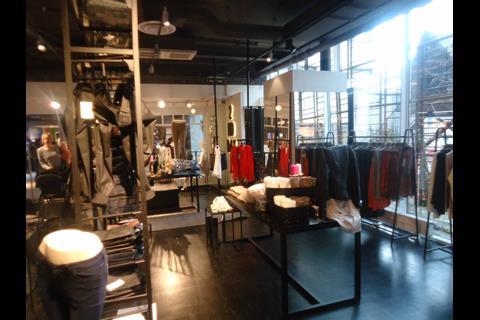
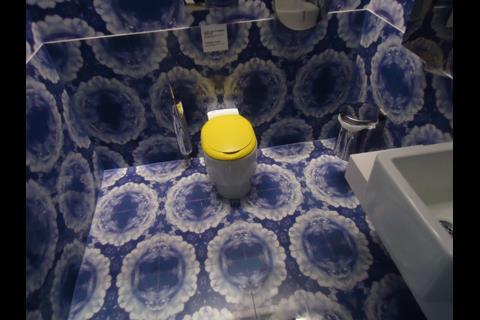


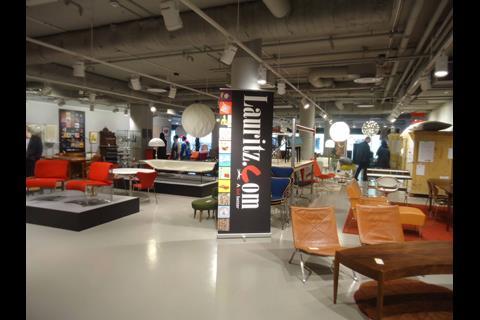

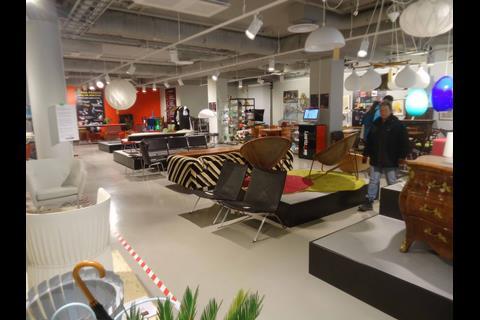
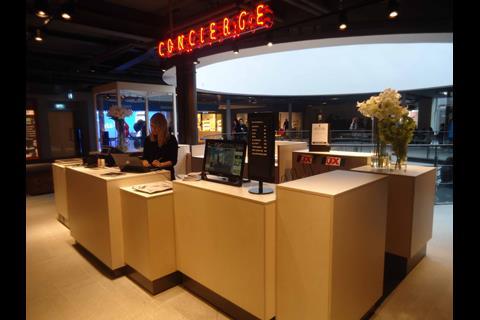



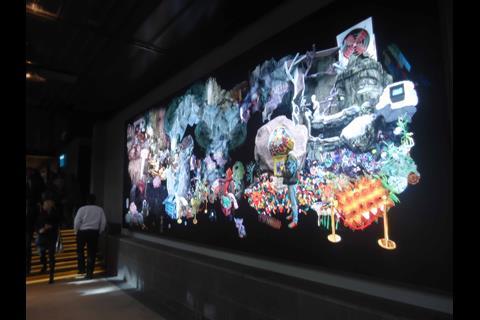
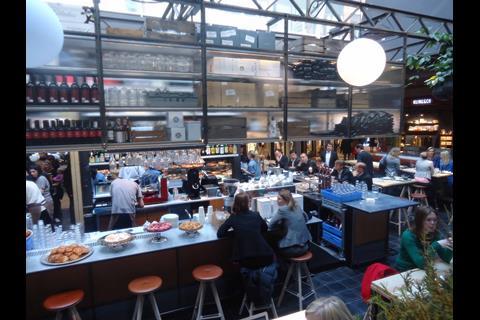
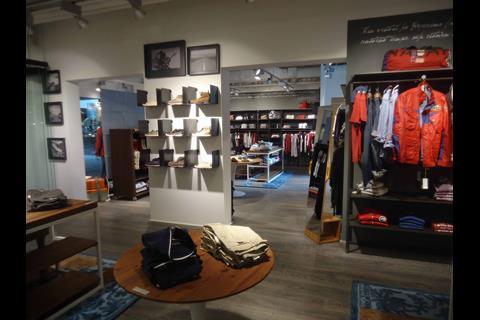
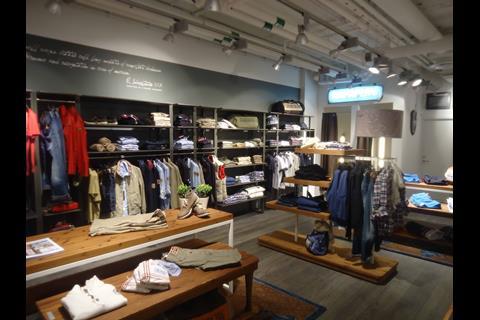
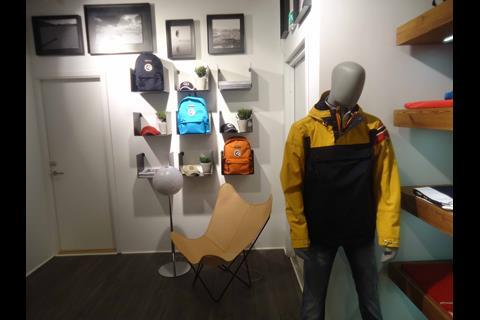

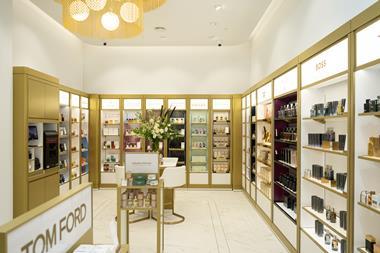




No comments yet